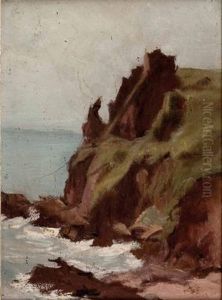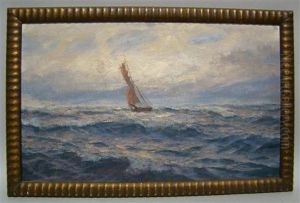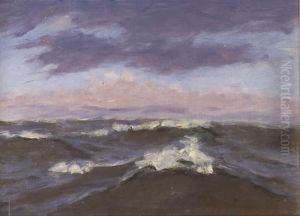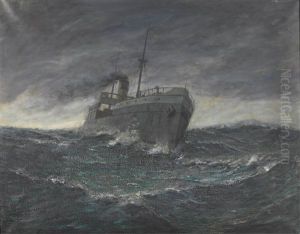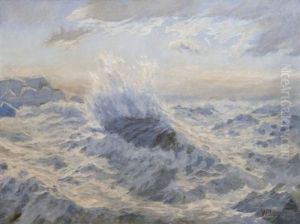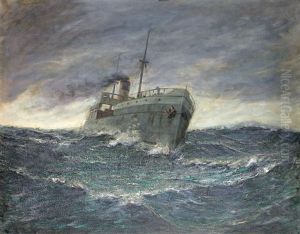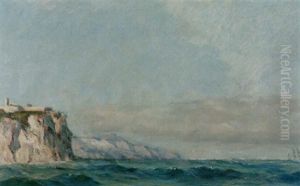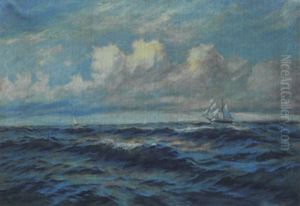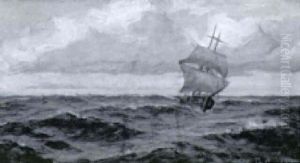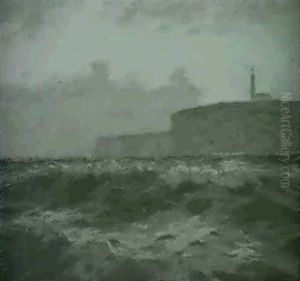William De Goumois Paintings
William De Goumois was a Swiss-born painter and graphic artist whose work spanned several decades of the 20th century, encapsulating shifts in art styles and movements. Born on October 5, 1909, in La Chaux-de-Fonds, Switzerland, a city renowned for its watchmaking and vibrant arts scene, De Goumois was immersed in an environment that fostered creativity and precision from a young age. His early life in Switzerland significantly influenced his artistic development, grounding his work in the meticulous attention to detail characteristic of Swiss craftsmanship.
De Goumois’s artistic journey began in earnest during the 1930s, a period when Europe was a hotbed of artistic innovation and experimentation. He trained in various art schools across Europe, which allowed him to explore different mediums and techniques. This training, combined with his natural inclination towards innovation, led him to develop a unique style that straddled the realms of realism and abstraction. His work often depicted natural landscapes and everyday scenes, imbued with a sense of emotion and depth that transcended their immediate subject matter.
Throughout his career, De Goumois exhibited an unwavering commitment to exploring the boundaries of visual expression. His experimentation with graphic arts in the 1940s and 1950s, including lithography and etching, positioned him as a significant figure in the post-war art scene in Europe. These works are characterized by their intricate detail and dynamic compositions, reflecting the tumultuous era in which they were created.
Despite his European roots, De Goumois’s work gained international recognition, and he spent considerable time traveling and working abroad, particularly in North and South America. These travels further enriched his artistic practice, introducing new themes and perspectives into his work. The influence of different cultures, landscapes, and artistic traditions can be seen in the evolution of his style over the decades.
William De Goumois passed away on November 28, 1988, leaving behind a rich legacy of artistic innovation and a body of work that continues to be celebrated for its contribution to 20th-century art. His art remains a testament to the power of blending traditional techniques with avant-garde ideas, embodying the restless spirit of exploration that defined his life and career.
